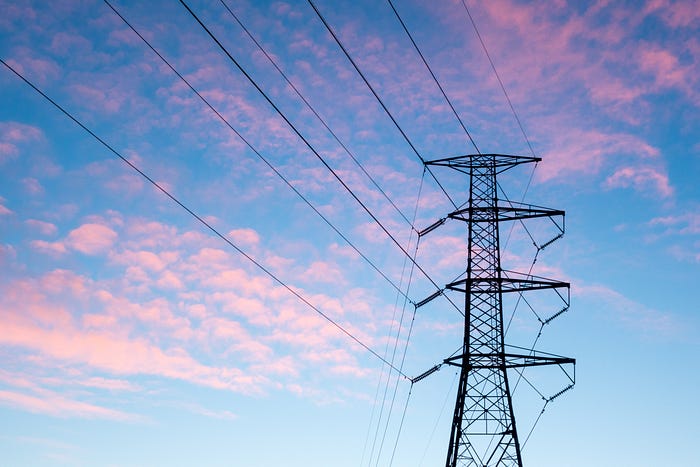
Written by Kirtika Challa, Global Head of Power and Infrastructure Advisory, CrossBoundary
Historically, the bankability of grid-connected power projects in Sub-Saharan Africa relied on sovereign guarantees. However, with debt burdens growing to unsustainable levels, there has been a rise in IMF interventions, and countries are increasingly reluctant and unable to provide sovereign guarantees for power projects.
As a result, innovative models are emerging to address concerns around offtake security and project bankability. New energy intermediaries have emerged to facilitate access to power pools and balance the supply and demand for energy, including between countries. However, given that these business models are still nascent, they require support to attain the scale needed to ultimately achieve sustainability.
In parallel, local lending institutions and pension funds are increasingly interested in financing clean power generation. As such, we believe that development finance institutions (DFIs) are well positioned to shift their focus away from primarily lending to generation projects and instead to increase their risk appetite and support this new nascent sector of intermediaries.
In addition to enabling this emerging sector, DFI support could catalyze domestic financing for generation projects, improve the performance of critical power pools, and grow the amount of capital available for clean power projects, ultimately increasing the pace of electrification on the continent. We believe, and hope to see, DFIs evolve their role into enablers of the private capital that will be critical to closing the vast financing gap that impedes access to electricity on the continent.
Context
Sub-Saharan Africa continues to face a disproportionate gap in access to electricity.
More than 50% of the population in Sub-Saharan Africa remains unelectrified, representing more than 75% of the 750 million+ people globally without access to electricity.
Insufficient power generation is a key driver of this problem. In 2021, only 23% of all electricity generated in Africa was from renewable energy sources with a cumulative capacity of 56 GW, despite the vast potential of solar (10 TW), hydro (350 GW), wind (110 GW), and geothermal (15 GW) capacities.
A key barrier inhibiting investments into projects has been their bankability. This is primarily due to off-taker solvency concerns, since many of the utilities on the continent struggle with weak balance sheets and/or lack financially sustainable operations (owing to technical and commercial losses, inability to have cost reflective tariffs, etc.). In order to overcome these concerns, governments have historically offered sovereign guarantees in Power Purchase Agreements (PPAs), to cover any payment shortfalls by the off-taker. These sovereign guarantees enabled projects to further utilize support mechanisms such as political risk insurance (often by the world bank’s political risk insurance arm MIGA), in order to provide sufficient risk mitigation to enable projects to access long-term project finance from lenders.
Figure 1: Example of a PRI structure backing an energy project

A Shifting Landscape
However, we are seeing a growing trend of governments moving away from providing sovereign guarantees to PPAs.
This shift is being driven by several broader trends in the region including the worsening macroeconomic environment, changing energy market and project structures, and evolving financing solutions:
- Indebtedness of Governments. African governments already had high debt-to-GDP ratios in 2020, which only worsened with the pandemic. As of today nearly 75% of countries in Sub-Saharan Africa (SSA) have a debt-to-GDP ratio greater than 50% (see Figure 2). The fiscal space for governments has continued to erode since then amidst unprecedented inflation and high interest rates, further reducing their ability to provide sovereign guarantees.
Figure 2: Government Debt as a % of GDP (IMF)

- Regional Power Pools. There has been an increasing trend towards the establishment and operationalization of regional power pools across the continent (see Figure 3). These allow countries to share resources, improve grid stability and expand access to power. These pools have also facilitated energy trading, which is moving the sector towards wholesale and merchant pricing rather than long-term power purchase agreements.
Figure 3: Regional Power Pools
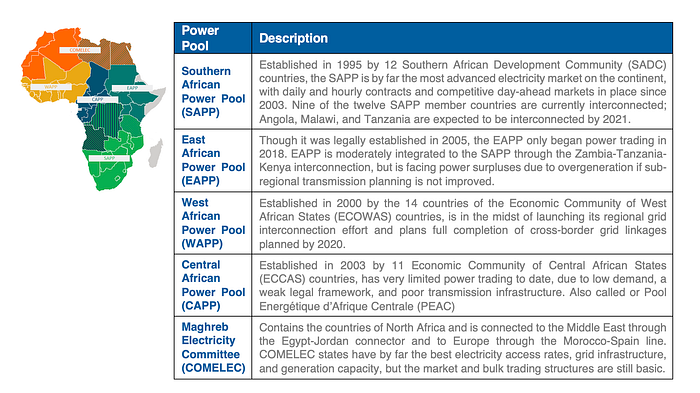
- Local Capital. Another important shift is happening on the financing side. The financers for these projects have historically been global development finance institutions that were willing to take on the renewable energy project risks due to their development priorities and host government backing. However, climate finance lending has become a priority for domestic capital as well, and as the sector matures, local banks and other financial institutions are increasing their appetite for such projects, resulting in growing competition for these projects between local capital and DFIs.
In fact, a recent IFC survey of 150 South African pension funds (representing 74% of total retirement fund AUM in the country) revealed that 81% are invested in renewable energy. The pool of these investments amounted to ZAR40B (US$2B) in deployed capital, while 82% of pension funds expressed interest in increasing allocations to the sector (see Figure 4).
Figure 4: Willingness to increase fund allocations to green and climate-focused investments
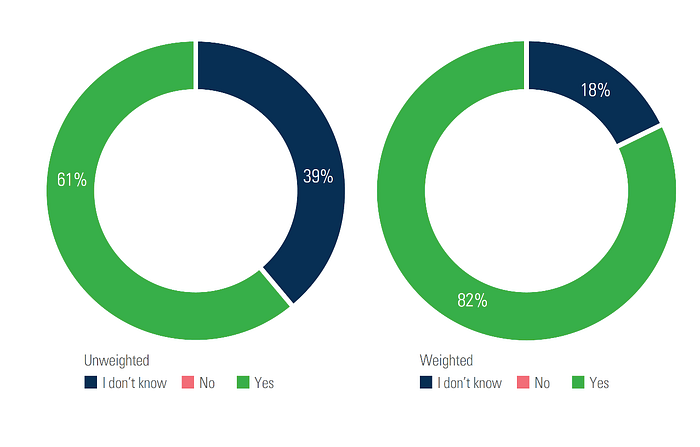
The Role of Emerging Intermediaries
There is an emergence of energy intermediaries that are attempting to provide an innovative solution to these evolving dynamics.
The Southern African Power Pool (SAPP), being the oldest and most established power pool, began day-ahead trading in 2009, followed by intra-day and forward market trading[1] in 2015. In 2021, SAPP created a “market participant” category, which enabled licensed entities apart from utilities (such as independent power producers, or IPPs) to participate in the power pools.
One such market participant is Africa GreenCo (GreenCo), which was admitted into SAPP in October 2021. There are other participants interested in joining the pool, including United Arab Emirates-based independent energy trader BB Energy, which announced its intention to start trading solar-generated electricity on SAPP by the end of 2023.
As a market maker for energy trading, entities like GreenCo aim to sign PPAs with producers of energy and match their supply of energy with the demand for energy through a variety of channels, such as direct agreements with commercial and industrial (C&I) consumers, sales into power pools, and direct sales to utilities or other buyers.
To mitigate concerns regarding the bankability of an off-take agreement with GreenCo, it has several mechanisms to ensure payment security to projects:
- GreenCo has several agreements with sellers as well as buyers of power with a goal to match its assets and liabilities.
- If GreenCo is unable to sell all its power to contracted buyers, it has the ability to sell into SAPP as it is a market participant in SAPP.
- If the sale price on SAPP is lower than the price GreenCo is buying power at, then GreenCo has a liquidity facility that holds up to one year of revenues (not just shortfalls, i.e. this would cover significantly more than one year of price differentials).
- There are also ongoing discussions with DFIs for further potential support mechanisms, such as guarantees to cover debt payments, in order to further improve project bankability, should all three of the above be exhausted.
GreenCo is currently backed by DFIs and donors with equity from IFU (Danish DFI), EDFI (Pooled European DFI consortium) and InfraCo Africa, grants from Convergence and USAID, and it is also in discussions with other DFIs for potential debt financing for their projects.
Figure 5: GreenCo Model
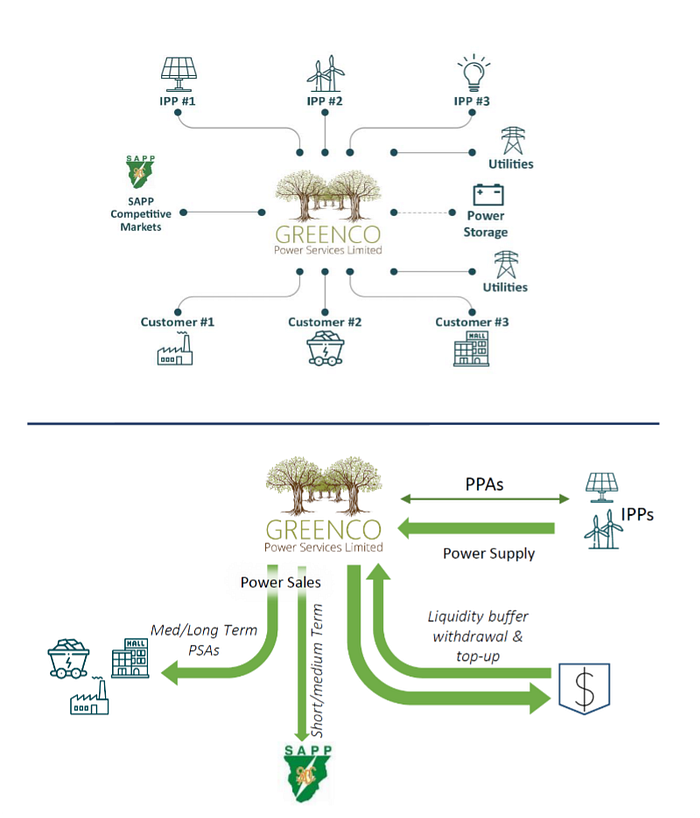
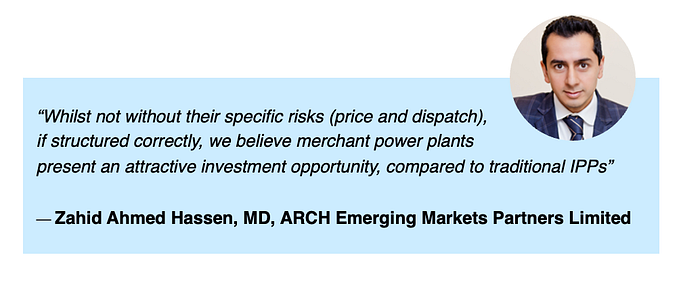
GreenCo’s model generates several positive impacts for the sector:
- Increased access to power pools. GreenCo enables IPPs to benefit from power pools without needing to go through a burdensome authorization process, enabling IPPs to focus on their expertise of producing and selling power.
- Increased liquidity in power pools. As of fiscal year 2021, only ~18% of total energy traded in the region was conducted on SAPP, relative to bilateral trades, with a very limited number of players actively trading on SAPP as seen in Figure 6 below. When considering the overall generation in the region this would represent a much smaller percentage. With GreenCo being able to sell into SAPP this should increase the liquidity of the system by indirectly increasing the number of supply- and demand-side players.
Figure 6: SAPP Day Ahead Market Buyers and Suppliers of Energy from 2016 to 2023

3. Providing an avenue for DFIs to unlock domestic capital by focusing on financing the intermediaries and off-takers, while local capital can finance the projects.
4. Reduced cost of capital. Increased trading on pools should enhance the competitiveness of projects and stimulate a reduction in tariffs, as they will need to be cost competitive with alternatives energy sources on the market that are also traded on the power pools (inclusive of wheeling costs i.e., cost of utilizing the grid for transmission and distribution).
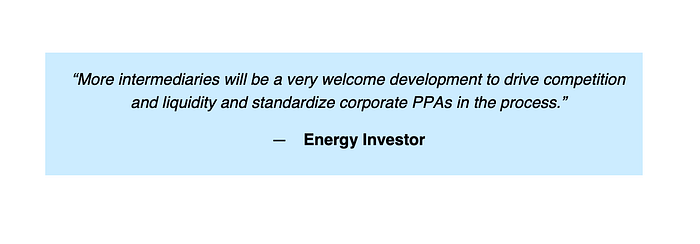
The potential role of DFIs and the path to unlocking financing
GreenCo has raised US$17M in equity to date[2] and has a risk waterfall detailed above, with a key element being the liquidity facility, that is meant to absorb a year of non-payment for projects where GreenCo is the off-taker. SAPP membership has an installed capacity of 72GW, which would require a ~US$3 billion+ liquidity facility in this model.[3]
While not all intermediaries will evolve with the same structure, for this service to be provided at scale, and in a way that is considered bankable by the project lenders, intermediaries will need support from reputable financial institutions willing to take on this risk. This is where DFIs can play a truly catalytic role of supporting this nascent sector while also, enabling local lenders to finance the projects themselves, as they shown comfort with this model (particularly if intermediary risk is being underwritten by DFIs).
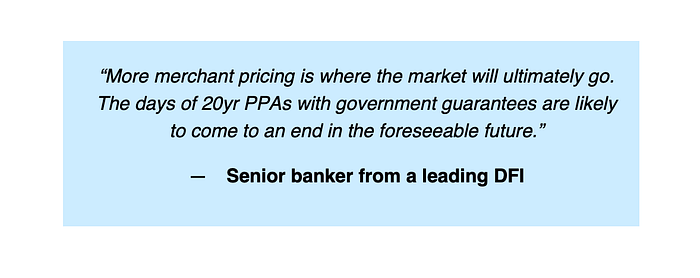
Figure 7: Potential Evolution of Support Mechanisms*
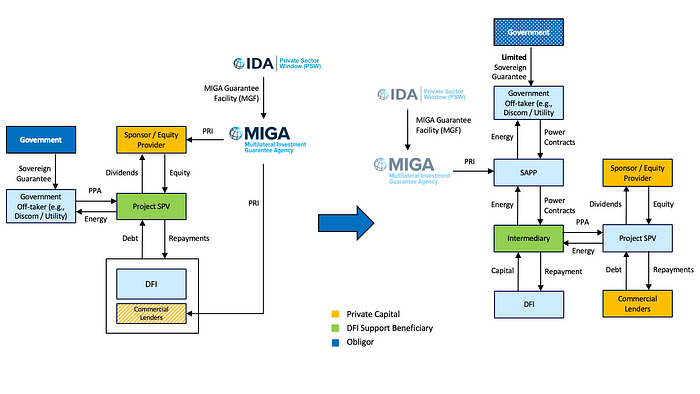
As DFIs face their own balance sheet constraints, this could represent an interesting evolution of their role, reducing their need to participate in the direct financing of projects, particularly as some parts of the market start to mature. Instead, they could unlock more funding for projects from local banks and pension funds (with the benefit of reduced foreign exchange mismatch), by reducing the off-take risk in these projects by supporting intermediaries and off-takers.
As government guarantees become increasingly unsustainable, intermediaries, with support from DFIs, are likely to play a critical role in ensuring that projects can continue to be structured in a bankable way to be able to attract long-term, low-cost capital. While this does not solve all the issues in the sector, including the critical challenge of the bankability of utilities, intermediaries will certainly have a key role to play in the development of the energy sector in Sub-Saharan Africa, and in unlocking the critical financing needed to close the vast energy gap on the continent and enable hundreds of millions of people to finally have access to electricity.





